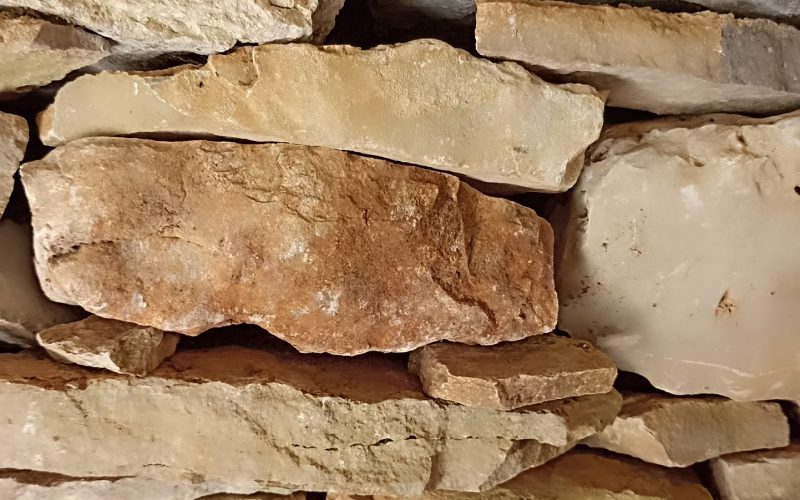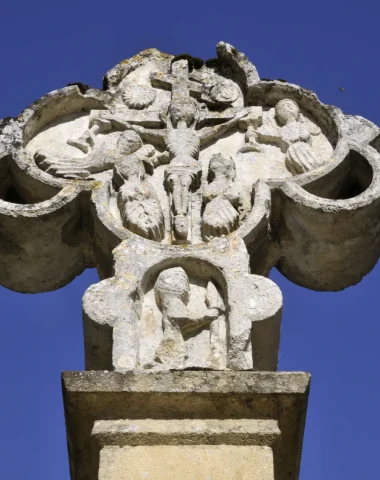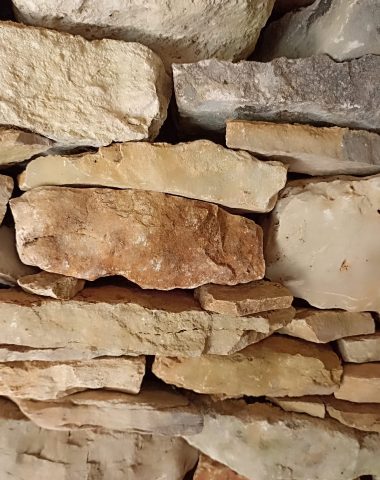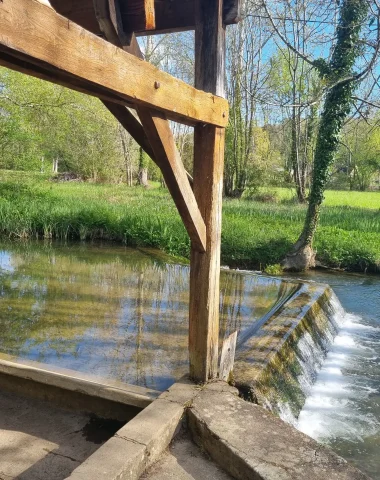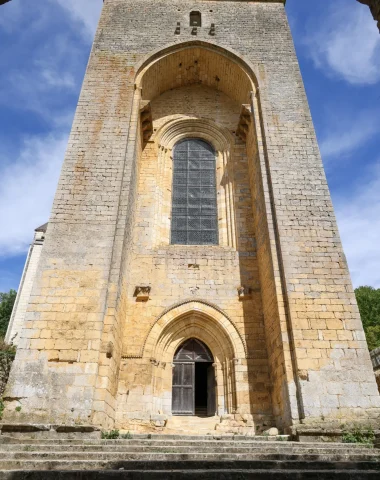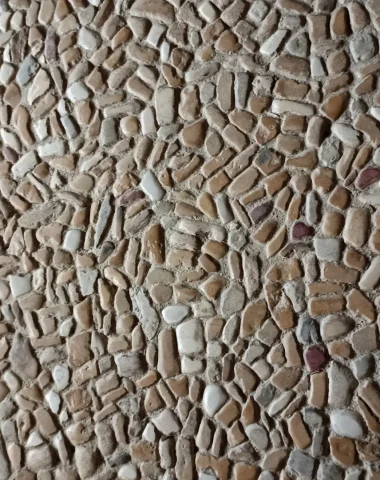Dry stone cabins are mainly located in landscapes where stones are important and where they can be cut into slabs or slates.
The stones collected from the ground allow farmers to build cabins according to a ancestral know-how, in principle without the use of a binder. We sometimes use a little earth or mortar for better assembly or more waterproofing.
The principle of construction is to stack stones of different types, collected from the ground. These stones must be carefully chosen because the joints must be as thin as possible. Thus, water infiltration will be limited and the whole thing will be very resistant to bad weather.
The walls can reach 0,80 to 1m thick.
The use of dry stone huts in the Vézère valley
They were mainly used to store equipment, to shelter from bad weather, and even to sleep there. Their rise in the 19th century is often linked to the wine culture, very widespread in Dordogne until the passage of Large Phylloxera (vine disease) which devastated the Vézère valley from 1880. To measure the extent of the scourge, in 1835 the commune of Montignac-Lascaux produced 20 hectoliters per year, 000 years later the activity had almost completely ceased.
Also used for field work, sometimes far from homes, these dry stone cabins were therefore important places, both to organize life in the fields and as shelters. With the decline of the peasantry and the rise of the industrial revolution, their use naturally declined. It is sometimes thanks to associations or enthusiasts that some have survived and can be seen today.

The cabins can be used shelter for farmers in the event of bad weather, de arrangement for agricultural tools or storage location temporary harvest, sheepfold, winter shelters. It is very difficult to date these cabins, however the majority of them were built between the 18th and 19th centuries. These cabins are endearing because they take us back to the simple and hardworking life peasants of yesteryear.
Dry stone huts in Les Eyzies
The dry stone hut of Pechmémie
The dry stone hut of Pechmémie (Les Eyzies) has been a protected element since 1991 (cad. 539C 194). Present on a private domain, it cannot be revealed to the general public.
Sireuil dry stone hut
The dry stone cabin of Sireuil in Eyzies has also been listed and classified since 1991 (cad. 539C 835). Original, neither round nor square, this 13 meter long cabin is rectangular. Another originality, the Sireuil cabin has a large opening which was partly walled up later.
Semi-detached dry stone cabins in Valojoulx
Listed in the heritage inventory, the twin dry stone cabins of Valojoulx are also called “Gallic huts". We call them “Gallic”, they are not! They are called “twins”, but they are probably not either because they were built at different times. But they are there and are among the most beautiful dry stone cabins in Périgord Noir.
